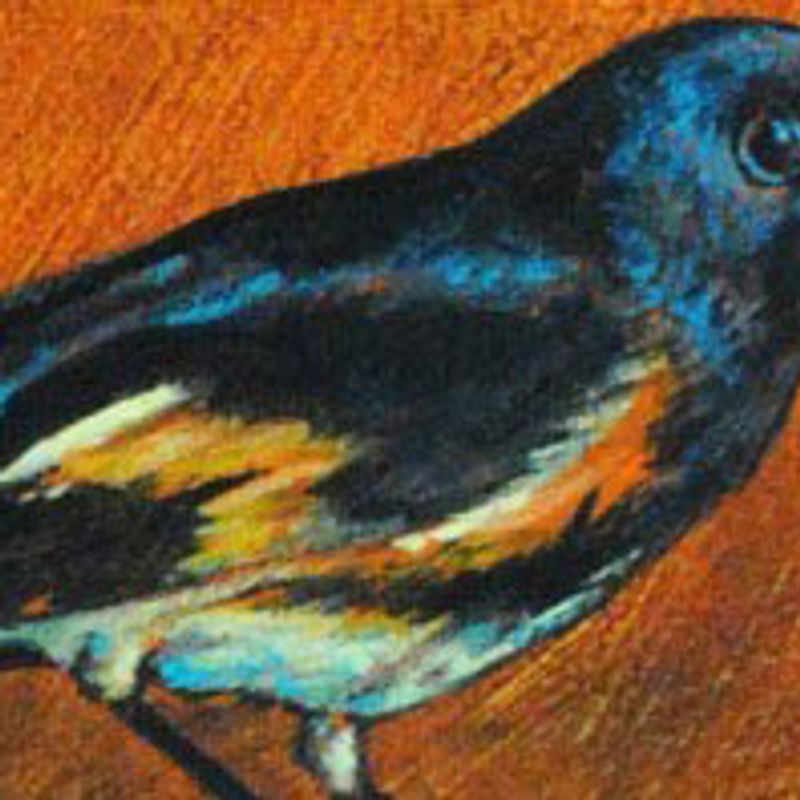Working with Stone
by Margaret GibsonMaking a wall stone by stone
as you used to relish
doing, or stacking stone on stone
in the woods to make a cairn,
is like building a sentence
word by word. If that’s so,
this poem is a word cairn,
and the wall that shambles about
the woodlot, losing stones
to frost heaves and tree roots,
is a sentence that won’t parse,
however long I tinker with it.
Today I’m wondering
what I can say, having listened
hard, without understanding,
as you explained “a position”
when it’s only clear
that the words you utter don’t
fit the thought
you claim is clear when it’s closeted
in your head, failing when you try it
on your tongue. Some poets
go after “something not sayable”—
how one might describe color
or the idea of God. You’re after
simply how to translate
the vivid _____ that stutters across
your brain, right hemisphere to left.
Imagine the. . . frustration is too easy.
Try sacrifice, an unwilling one at that.
“Too great a sacrifice makes
a stone of the heart”—
you used to quote Yeats
when anger sent you off into a silent
retreat. “Come back,”
I’d call across the wall. “Let’s keep trying.”
That was years ago; you don’t remember.
“I like being provisional,”
you do remember saying,
back when your life lay ahead
unbounded, and you were young.
Being provisional, is that my aim now,
out for a walk in the woods
with the dog? Come here,
I call, come here now, and he won’t,
preoccupied with scents made rich by rain.
Nothing promises us now and forever,
only now. And just now,
letting the stubborn dog
and everything else in my life
just be what it is—surely a form of
surrender—I muse
and shift from one outcropping of stone
to the next flank of stone
half-buried in beech leaves,
lifting loose, irregular chunks of smaller stone,
their moss a green-fuse green,
still others unevenly spangled
by pastel ovals of lichen—
stacking the stones.
Raising cairn after cairn,
mute stone after mute stone.
Knowing that each cairn, or any
one stone, may list in place
or tumble, unbalanced
by the least leaf or spit of rain
before I return
to the stones, to lift and coax them,
to turn them—so much is guesswork—and try again.



